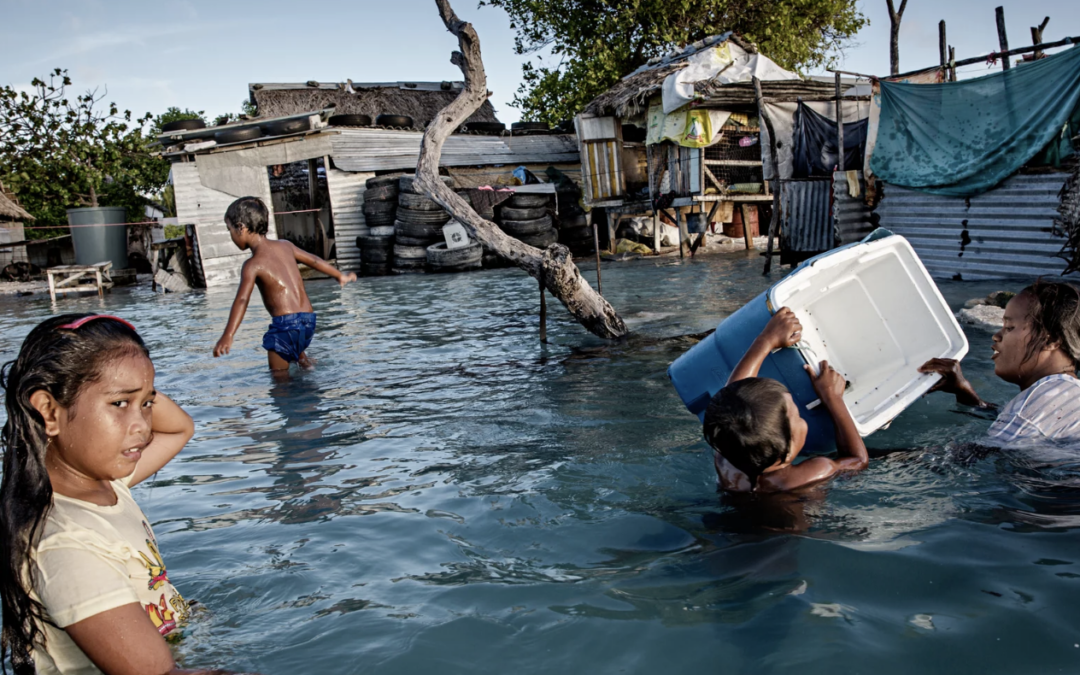According to Amnesty International, the climate crisis is a manifestation of deep-rooted injustices. Although the climate crisis is a global problem affecting everybody, it disproportionately affects individuals and groups who are already subjected to multiple and intersecting forms of discrimination or who are marginalized as a result of structural inequalities, ingrained practices or official policies that unfairly distribute resources, power and privilege.
These are some of the ways the climate crisis can and is exacerbating inequalities:
Between higher income and lower income countries: At a national level, those in low-lying, small island states and lower-income countries will be and already are among those worst affected. People in the Marshall Islands already regularly experience devastating flooding and storms that destroy their homes and livelihoods. The 2018 heatwave in the northern hemisphere made headlines across Europe and North America, but some of the worst effects were also felt in countries including Pakistan, where more than 60 people died – mostly laborers already working in intense heat – as temperatures soared above 44°C.
Between different ethnicities and classes: The effects of the climate crisis and fossil fuel-related pollution also run along ethnicity and class lines. In North America, it is largely poorer communities of color who are forced to breathe toxic air because their neighborhoods are more likely to be situated next to power plants and refineries. They experience markedly higher rates of respiratory illnesses and cancers, and Black Americans are three times more likely to die of airborne pollution than the overall US population.
Between genders: Women and girls are disproportionately affected by the climate crisis, reflecting the fact that they are more likely in many countries to be marginalized and disadvantaged. This means that they are more likely to bear the impacts of climate-related events as they are less able to protect themselves against it and will find it harder to recover.
Between generations: Future generations will experience the worsening effects unless action is taken now by governments. However, children and young people are already suffering due to their specific metabolism, physiology, and developmental needs. This means, for example, that the forced displacement experienced by communities impacting a whole range of rights – from water, sanitation, and food to adequate housing, health, education, and development – is likely to be particularly harmful to children.
Between communities: Indigenous peoples are among the communities most impacted by the climate crisis. They often live in marginal lands and fragile ecosystems, which are particularly sensitive to alterations in the physical environment. They maintain a close connection with nature and their traditional lands on which their livelihoods and cultural identity depend.

